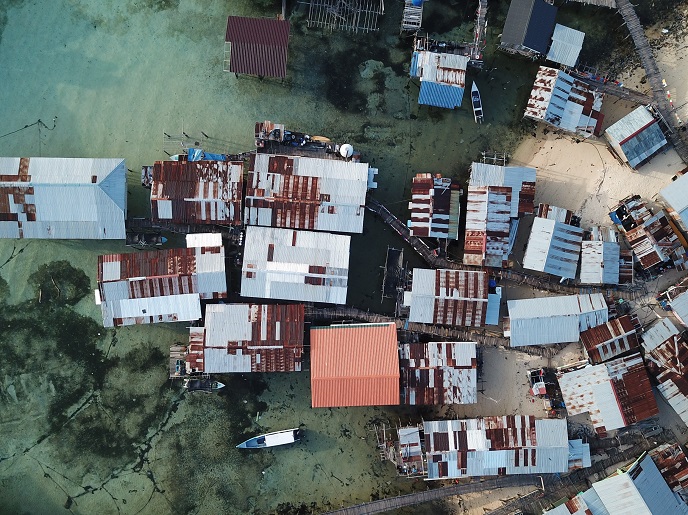Nuclear geophysics for cleaner European coasts
When Nuclear Physics and Earth Sciences merged they gave birth to Nuclear Geophysics, a new science in which methods and techniques developed in Nuclear Physics are used in Earth Sciences. These techniques have traditionally been widely applied in Earth Sciences, such as dating techniques and logging instruments for boreholes. Nowadays, characterisation of sediment that is based on the coupling of physical properties of sediment to geochemical observables, appears to be a widely used method in this field. MEDUSA is a new patented technology that exploits radiometric sedimentology for sediment characterisation based on a set of radionuclide concentrations, namely the radiometric fingerprint. It comprises of a very sensitive gamma-ray detector for collecting gamma-ray energy spectra that are further analysed and eventually converted to sediment composition. The complete MEDUSA system is light-weight (around 5 kg) and easily mountable to a ship, a vehicle or even a plane. Compared to other geochemical characterisation methods this method has many advantages. The detector's sensitivity has been improved by a factor of 15. MEDUSA is an extremely fast technique with an acquisition time of 1 to 10 seconds for obtaining statistics for surveys, in this way a large area can be characterised relatively rapidly. It exploits the intrinsic properties of the sediment that can be measured in-situ using passive measuring devices, with a minimum impact on the environment. MEDUSA has been proven to be a powerful technology for remote sensing. Some of its applications include measurement and analysis of distribution of radionuclides in a drill core and in-situ sediment characterisation. The system is currently being used for monitoring environmental coastal hazards. Erosion, flooding, shore nourishment and dune restoration are some of the many coastal hazards that are likely to increase in the next decades. MEDUSA can also be used for assessing the medium (several months) and long (a few decades) term performance of coastal ecosystems. In order to develop and validate beach profile and shoreline evolution models, the system is applicable to a wide variety of practical situations, including monitoring the dispersal of dumped dredge spoil at sea (as in Rotterdam harbor), the mapping of the pebble/sand/mud content in the bottom of rivers and estuaries, and mapping dumpsites of tailings on land.







